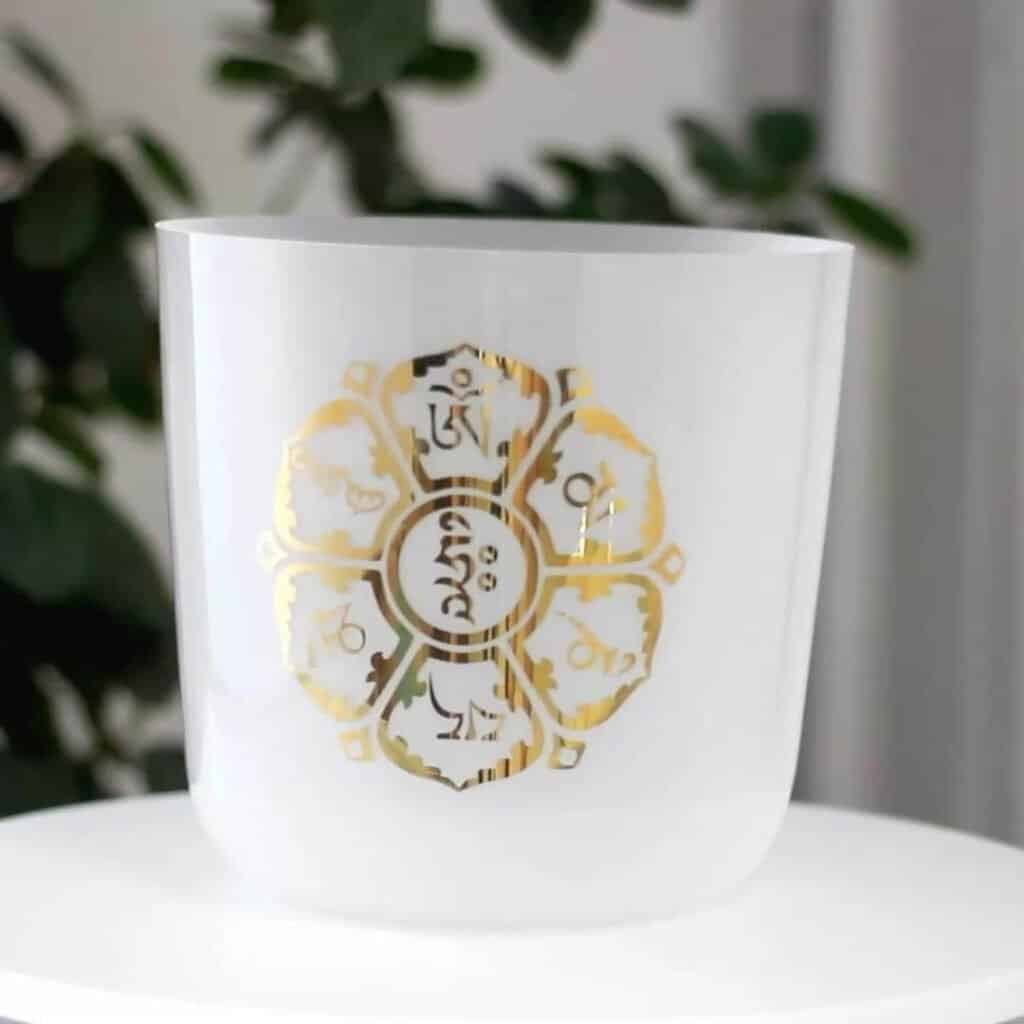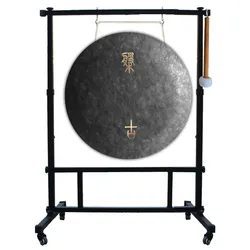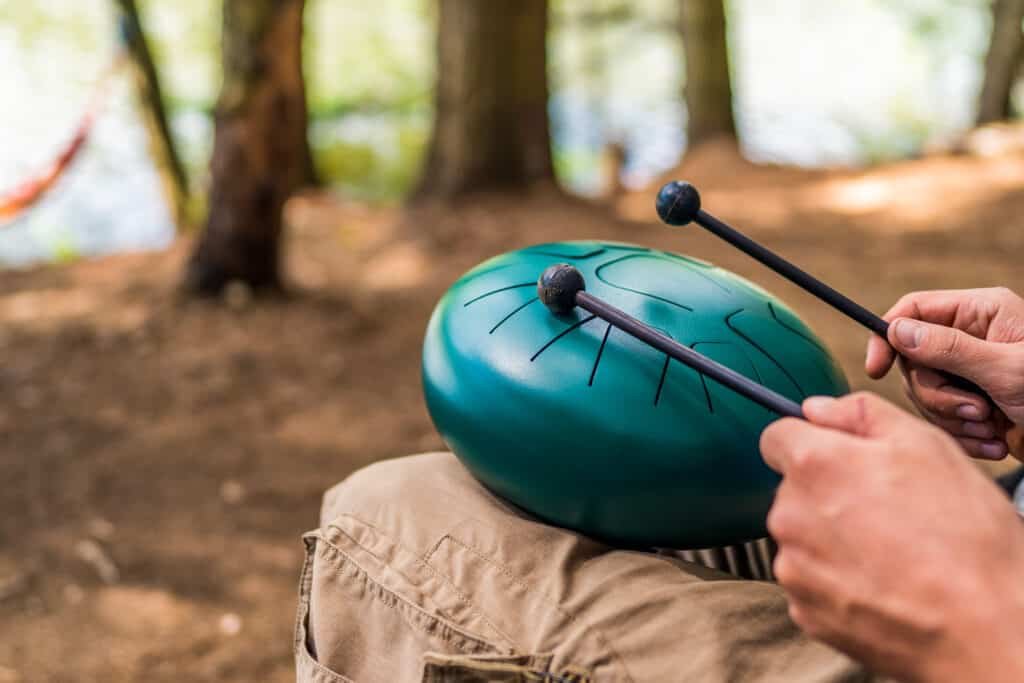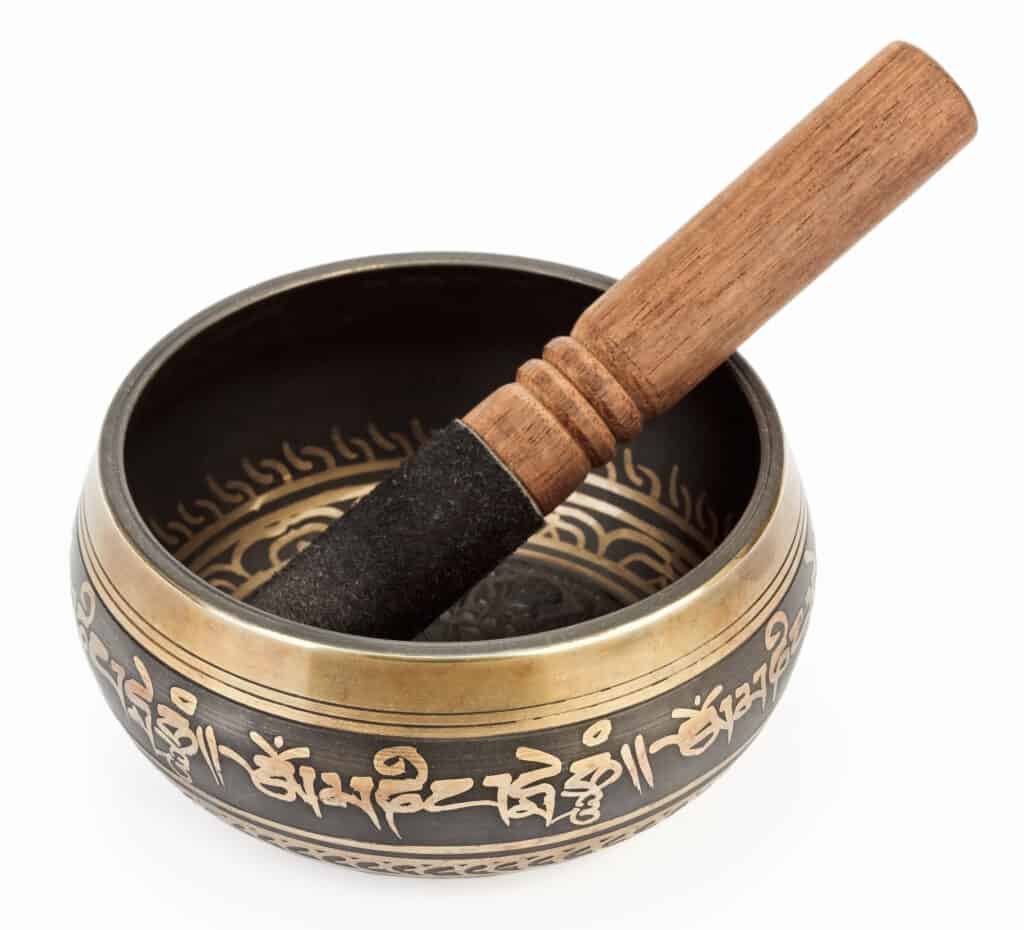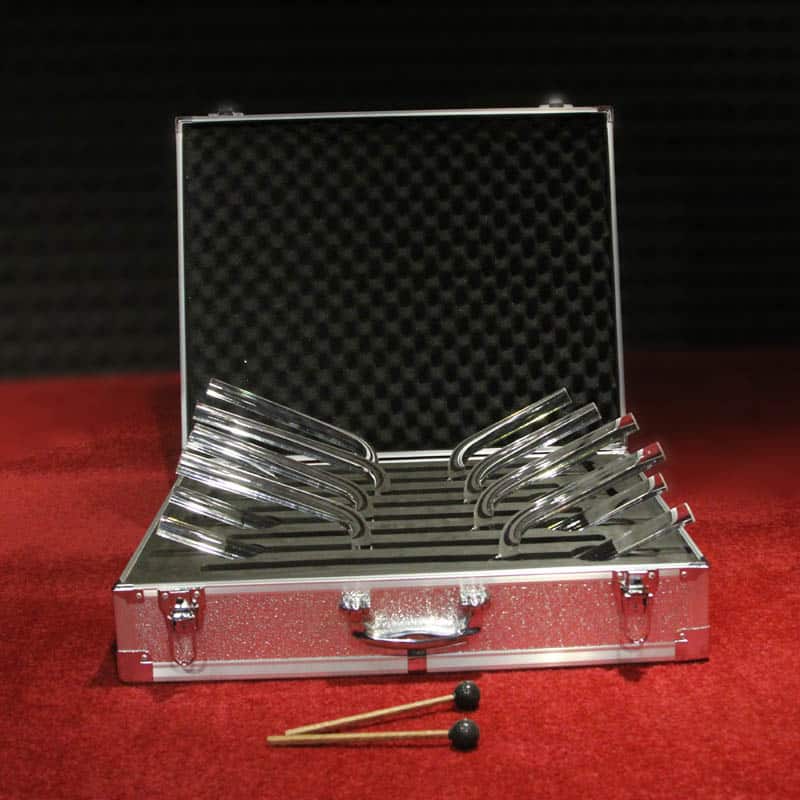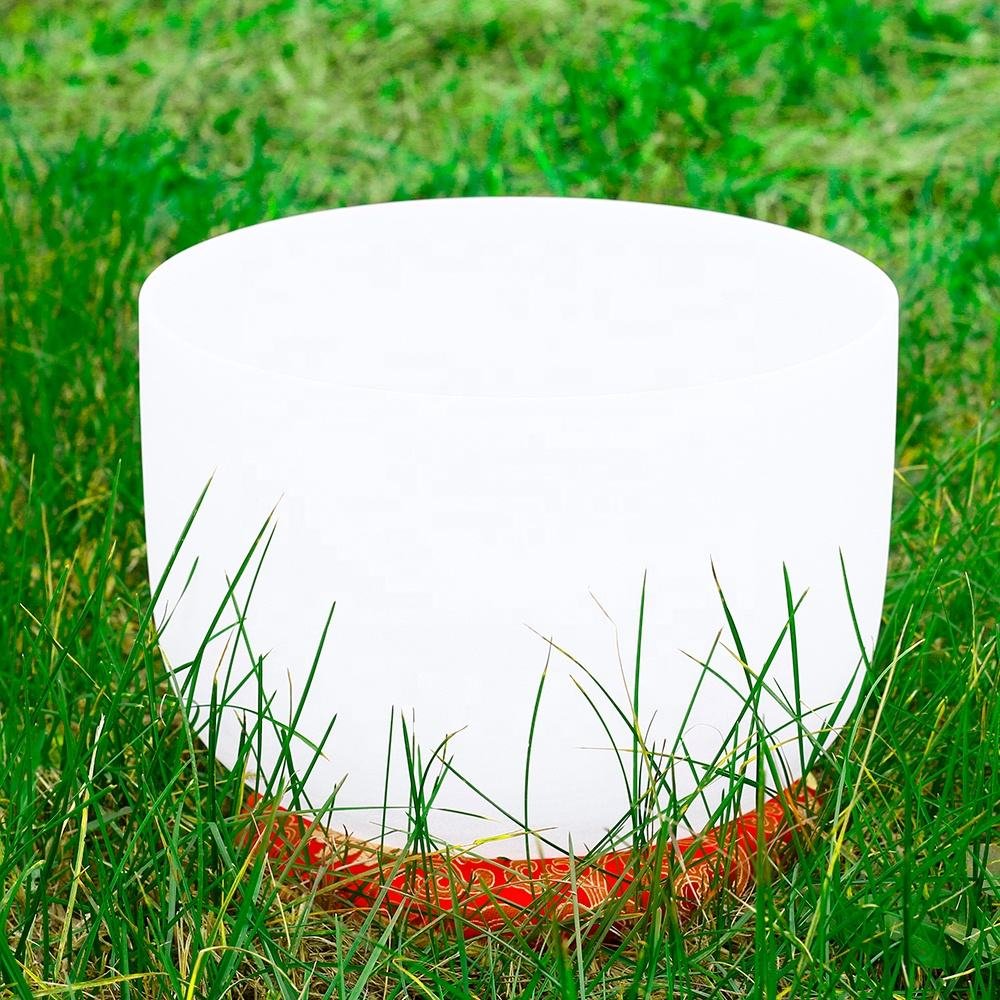Introduction
Kalimba is a fascinating musical tool that has been making waves in the music industry recently. It is an instrument of African origin and is also known as a thumb piano or mbira. It has been used to create a variety of music styles, from traditional African music to modern pop and rock music. It is gaining popularity due to its unique sound and ease of use. The kalimba is a portable instrument that is great for traveling musicians, as it can easily be taken on the go. It is also a great choice for those just starting out in music, as it does not require a great deal of skill to learn. In this article, we will take a look at the kalimba and discuss its features and benefits.

Exploring the Basics of Playing the Kalimba: An Introduction to the Unique Music Tool
The kalimba is an ancient musical instrument with an intriguing history and a distinct sound. It is an instrument that has been used for centuries by cultures all around the world, and its popularity continues to grow. This article will provide an introduction to the basics of playing the kalimba, as well as its unique qualities that make it such a fascinating tool for creating music.
The kalimba is a type of lamellophone, which means that it has a series of thin metal or plastic tines that are plucked or strummed to produce sound. These tines are attached to a bridge that is placed over a resonant body, such as a shallow box or gourd. The kalimba can be tuned to different scales, allowing the player to explore a wide range of musical possibilities.
The kalimba is usually held in one hand and played with the other, either by plucking or strumming the tines. The length and thickness of the tines affect the sound of the instrument, and can be adjusted to create different tones. To play the kalimba, the player must use their fingers to pluck or strum the tines. This technique can produce a wide range of sounds, from gentle, ethereal melodies to driving rhythms.
The kalimba is a versatile instrument that can be played in a variety of settings. It can be used as a solo instrument, or as part of an ensemble. It can also be used to accompany singers and other instruments. The kalimba is often played in African music, though it can be incorporated into many other styles of music.
The kalimba is a unique and fascinating instrument that can be used to create a wide range of musical styles and textures. With the right technique and a bit of practice, anyone can learn to play the kalimba and explore its captivating sound.
A Guide to Choosing the Right Kalimba for Your Musical Preferences
Kalimbas are becoming increasingly popular instruments due to their unique sound and portability. If you’re looking to buy a kalimba, it’s important to choose the right one for your musical preferences. Here’s a guide to help you make the right pick.
First, think about the type of music you’ll be playing. If you’re looking for a kalimba to play traditional African music, you’ll need one with a pentatonic scale. This type of kalimba has five tines, each tuned to a specific note, and is ideal for playing traditional African-style music.
If you’re looking for a more modern sound, you may want to consider a chromatic kalimba. This type has more tines and is tuned to a full 12-note chromatic scale. This allows you to play a wide variety of musical styles, including jazz, rock, pop, and more.
Next, consider the size of the kalimba. Smaller kalimbas are great for travel and portability, but they may not produce as rich a sound as larger models. If you’re looking for a kalimba with a deeper and fuller sound, you may want to opt for a larger model.
Finally, consider the material of the kalimba. Most kalimbas are made of either wood or metal. Wooden kalimbas tend to produce a warmer, richer sound, while metal kalimbas produce a brighter sound. So, consider the type of sound you’re looking for when making your choice.
By following these tips, you should be able to choose the right kalimba for your musical preferences. With its unique sound and portability, a kalimba can be a great addition to any collection of instruments.
Unlocking the Creative Potential of the Kalimba: Tips for Composing Unique Music
Kalimba, or thumb piano, has a unique sound that can add character to your music. Whether you are a beginner or a professional musician, this instrument can help you create beautiful and creative compositions. Here are some tips to help you unlock the creative potential of the kalimba and compose unique music.
- Familiarize Yourself with the Instrument: Before you start composing, it is important to get to know the kalimba and its different notes. Experiment with playing different scales and chords to understand the instrument better. This will help you create more interesting and complex compositions.
- Listen to Other Kalimba Music: Learning from other kalimba players can be a great way to expand your musical horizons. Listen to various recordings and learn from their techniques. You can also get ideas for your own compositions by listening to other players.
- Experiment with Different Tunings: Kalimbas can be tuned to different scales and patterns. Try out different tunings to create unique and interesting sounds. This will also help you come up with different melodies and accompaniments.
- Use Different Playing Techniques: There are a variety of playing techniques you can use to create different sounds. You can use your fingers or a pick to create different tones and rhythms. Try different techniques to see what works best for you.
- Incorporate Other Instruments: The kalimba is a great instrument to add texture to other instruments. Try adding it to your compositions to add an extra layer of depth.
By following these tips, you can unlock the creative potential of the kalimba and compose unique music. Whether you’re just starting out or a seasoned player, the kalimba can help you create beautiful and creative compositions.
Kalimba: A History of the Instrument’s Development and Popularity
Kalimba, also known as the thumb piano, is an African musical instrument that has been around for centuries. It is believed to have originated in Africa and is still widely used there today. The instrument consists of a wooden board with metal tines or tongues that are plucked with the thumbs to produce sound.
The instrument first gained widespread popularity in the early 20th century, when it was popularized by missionary Dr. Alice Werner who wrote about it in her 1907 book “African Folk-Lore and Music.” She described the instrument as “a wonderful little instrument, which has a great fascination for the natives.”
Since then, the Kalimba has become a popular instrument in many countries, particularly in the United States. It has been used in a variety of genres, from jazz and blues to folk and pop. Many modern artists, including Bob Marley and Stevie Wonder, have used the Kalimba in their songs.
The instrument has also become increasingly popular due to its use in video games, films, and television shows. It has been used in the soundtracks of films such as “The Lion King” and “The Jungle Book”, as well as in video games like “The Legend of Zelda” and “Animal Crossing”.
Today, the Kalimba is more widely available than ever before, with a variety of models ranging from beginner to professional. It is a versatile and accessible instrument that can be used to play a variety of music styles. Whether you’re a beginner or a professional, the Kalimba is an instrument that is sure to bring joy to your musical journey.
Understanding the Kalimba’s Unique Tonal Characteristics
The Kalimba is a unique and intriguing instrument with a sound unlike any other. It has a calming, soothing, and ethereal quality that can be used to create a variety of musical styles. The Kalimba has a distinct tonal character that can be manipulated to create a range of sounds from tranquility to excitement. Understanding the Kalimba’s tonal characteristics is key to unlocking its potential.
The Kalimba’s tonal character is determined by its design, which is based around a series of tines that are plucked with the thumbs. These tines are arranged in intervals which affect the tuning of the instrument. The tuning of the Kalimba has a major influence on the instrument’s sound and the way it is played.
The Kalimba produces a range of tones that can be manipulated to create a range of musical styles. The instrument has a bright and resonant sound that can be used to create soaring melodies and intricate rhythms. Although the Kalimba has a limited range of notes, it can still be used to play complex and interesting music.
The unique tonal characteristics of the Kalimba are also determined by the type of material the tines are made from. The material influences the sound of the instrument and determines how the sound will be projected. Different materials can produce a range of tones, from bright and shimmering to mellow and warm.
The Kalimba is a fascinating instrument that can be used to create a range of musical styles. Understanding the Kalimba’s tonal characteristics is key to unlocking its potential. With practice and experimentation, the Kalimba can be used to create beautiful and unique music.
Kalimba: Tips for Improving Your Performance and Technique
1. Practice regularly – Developing your skills on the kalimba requires regular practice. Set aside time every day to play, and gradually increase your practice session length as your abilities improve.
- Listen to other players – Listening to experienced kalimba players can help you learn different techniques and rhythms. It can also give you ideas for pieces to learn and practice.
- Learn scales – Scales are essential for playing any musical instrument. Familiarizing yourself with different scales and notes on the kalimba can help you to play more complex pieces.
- Start simple – Try to begin with simple pieces and progress slowly. This will help you develop your skills in a safe and controlled manner.
- Experiment – Experimenting with different techniques on the kalimba is a great way to develop your skills. Try different finger placements, rhythms, and melodies to see what works best for you.
- Use a metronome – A metronome can be used to help you maintain a consistent tempo and rhythm. This is essential for playing complex pieces accurately.
- Memorize – Memorizing pieces is a great way to improve your performance on the kalimba. Once you have memorized a piece, you can focus on perfecting your technique rather than having to read the music.
- Record yourself – Recording yourself is a great way to identify areas in which you can improve. Try to listen back to your recordings with a critical ear and make adjustments accordingly.
- Learn songs – Learning songs is a great way to practice and develop your skills on the kalimba. Choose songs that are challenging but achievable, and slowly build up your repertoire.
- Have fun – Playing the kalimba should be enjoyable. Don’t be too hard on yourself if you make mistakes, and take the time to appreciate the music you are creating.ConclusionThe Kalimba is an interesting and unique musical instrument. It has a variety of different tones and sounds that can be used to create beautiful music. It is a great tool for musicians of any skill level to explore and create new musical landscapes. With its small size and portability, the Kalimba is an ideal tool for creating music on the go. Whether you’re a professional musician or a hobbyist, the Kalimba is an instrument worth checking out.




